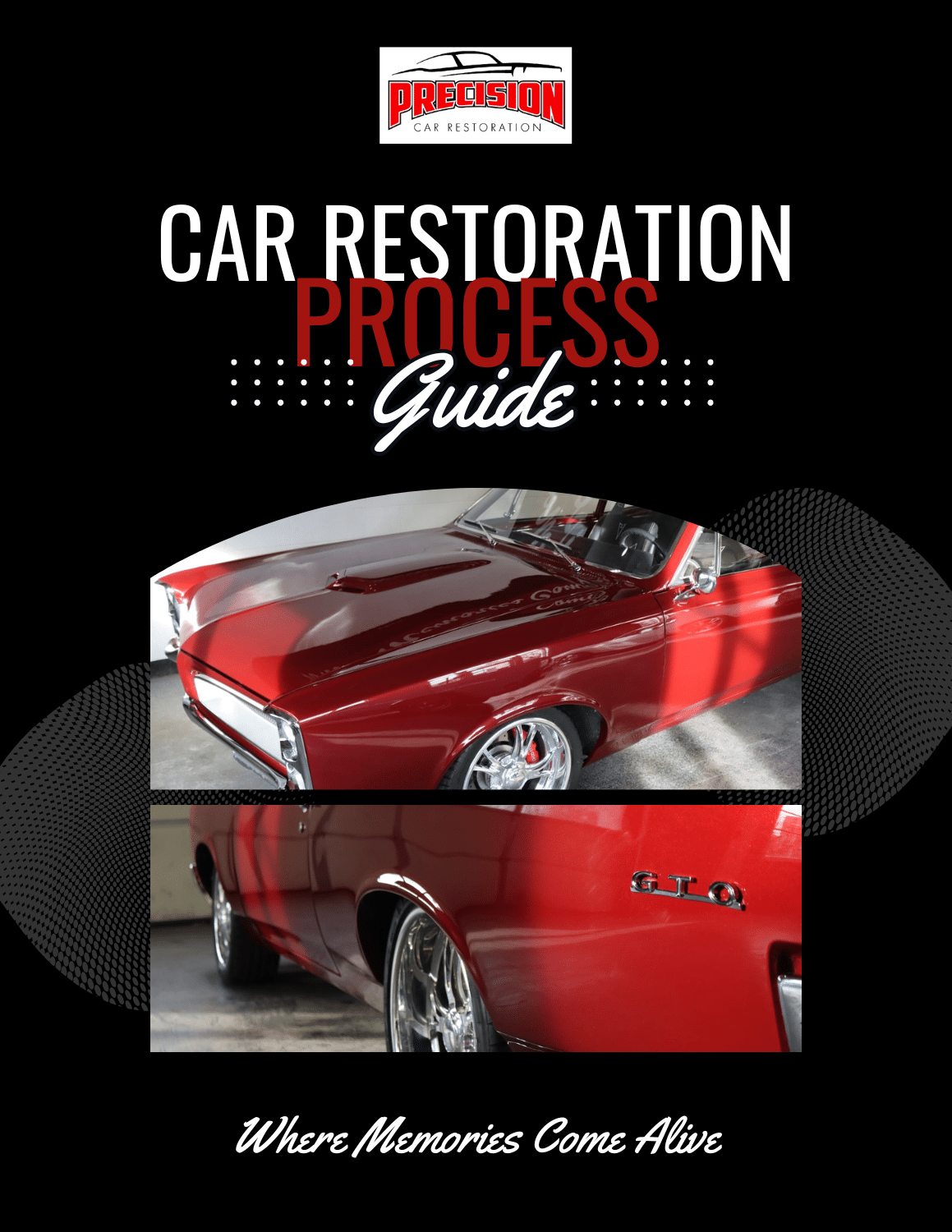Exhausted from bad exhaust? – Good materials make good exhaust
The sound and looks of an exhaust system are just as important as any other system on a vehicle. Having the sound you want can give your car a whole new personality, and add to the character of your ride. Avoiding leaks, rattles, and vibrations are essential to hearing the full effects of your exhaust system rather than hearing the noise it creates.
An exhaust system starts at the manifolds and headers. Quality parts are just the beginning. The first step is to ensure you have a clean and true sealing surface from the head to the manifold. This involves an inspection of the parts being installed. Big grooves, cracks, and uneven sealing surface will be sure to cause a leak, so taking the proper precautions to seal and ensure bolts are tight will help keep away those annoying header and manifold leaks.

Headers are notorious for leaking caused bolts backing off. That’s why it’s a good idea to use locking systems like Stage 8 Locking Fasteners manufactures. These are designed to prevent backing off and will help seal thing for the long term.
The type of material used is also crucial to keeping an exhaust system working well long term. Aluminized and stainless tubing are the best routes to go. Aluminized pipe is very common and is the lesser expensive option. Stainless is an even better way to go, but the down fall is cost. Stainless exhaust can be polished to a shine so this is a great option to add to the underside of your show car. Not every shop will bend and weld stainless exhaust systems as it uses special benders and highly trained welders.
The premade exhaust system is something that can be very enticing. The pre-bent system comes with its down falls. In many cases these systems are poor fitting and require additional bending and welding. True “bolt on” systems are hard to come by and don’t compare to a system that is made right there at the car. For the “do it yourselfer” a pre-bent exhaust system can come in handy, but you should always proceed with caution when purchasing and installing these systems.

A quality exhaust system is also properly secured. In a factory restoration, original style hangers and brackets are used. In a custom application, the system needs to be secured with plenty of clearance from floors, cross members, fluid lines, and axels. As the engine torques and vibrates, or axels move, clearances change which can easily cause annoying rattles and vibration. All hangers and bracket need to be rubber insulated with enough play and movement to clear any solid surfaces.
Whether you want you ride quite or loud, in order to enjoy the sound of that engine, you will need to make your exhaust system free of leaks and rattles. This is easily done by inspecting part, securing mufflers and pipes, and making sure you have plenty of clearance. When broken down its pretty simple stuff, but having an exhaust system custom made is always a better choice over your pre-fabricated, pre-made, off the shelf exhaust in a box.




 .
.









































-resized-600.JPG)




















